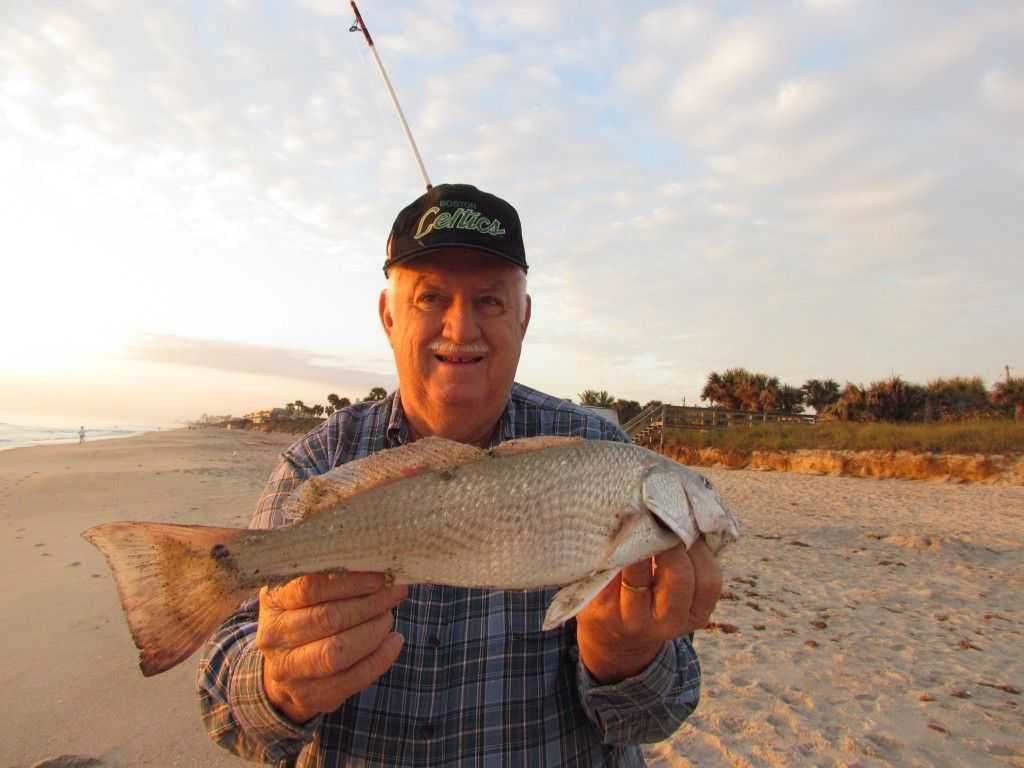
Coastal anglers everywhere cherish the month of September with continuing excitement through October and November. As the days begin to shorten (known as the diurnal period) and water temperatures slowly begin to drop from their summer highs, it signals bait and gamefish alike that the time to move on is approaching. Schools of baitfish continue to grow larger prior to their migration to more comfortable waters. And as the food supply gathers, predators of every description feast and fatten up prior to the coming of winter.
This is the time of year the dedicated surf caster has been waiting for, when hungry gamefish track the schools of bait, occasionally driving them up on the sand in what is known among the wading fraternity as a blitz. Sometimes, this feeding frenzy takes place a short distance from the beach, providing a bonanza for the anglers aboard a boat while frustrating the surf caster.
Locating the scene of the action takes eternal vigilance. Whether on the beach or aboard a boat, the first thing to look for is a flock of birds hovering excitedly and diving frequently. If you see a flock of birds sitting on the water, you know the fish have been there. They could come up again off a bit in either direction. If you see a single bird flying, keep an eye on it. That bird may be on its way to join the airborne flock.
While you’re looking for birds, it’s critical to scan the surface of the water as far as you can see in every direction. Frequently, the frenzy is in full fury before the birds find it. During this time when fish are gathering to migrate or are already migrating, it makes sense to cover the waterfront as best you can. On shore, if you have access to a tall building and can get high enough, you can scout the coast. If you own a beach buggy, drive slowly up and down the beach until you spot some activity. It’s also not unusual for schools of bait to pause in the mouth of an inlet or just inside it.
How you approach a school and fish it can make a difference. Aboard a boat, resist the temptation to roar up and try to beat other boats to the dinner table. A slow, careful approach will not put the fish down. If possible, stay seaward of the school and ease ahead of it. The key lies in making sure the bait or lure is moving with the bait or lure at no more than a 45 to 55-degree angle from the line of travel. The idea is to work the bait or lure from inside the school until it leaves the sanctuary and becomes an easy target. If you’re trolling, stay on the outside and don’t go through the school.
Finally, when you’re looking for breaking fish, it pays to have more than one outfit rigged and ready to go. If you have a break-off or any other problem, you can grab the backup outfit and continue fishing.
Summer may be over this month, but the really good fishing is just beginning.